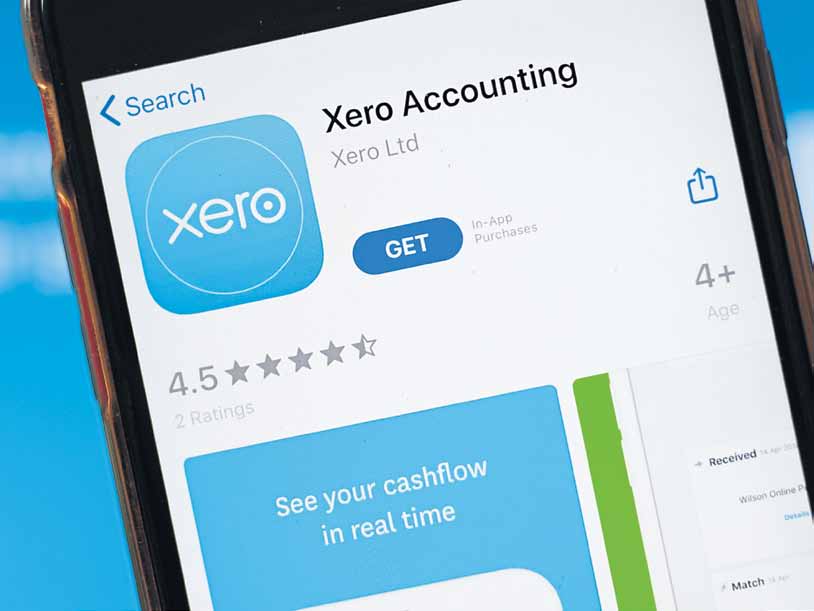With the unexpected turns 2020 has taken, Ian Marshall, director and head of tech strategy at Anderson Anderson & Brown explains how this year could cement businesses’ reliance on technology.
This year will be remembered for many ‘unprecedented’ challenges and disruptions across the globe. It could also be said that it will be remembered for not only the increased use of technology, but the significant reliance on it for people and businesses.
Now, more than ever, technology is at the heart of every business and this has provided opportunities for those companies providing tech solutions to accelerate their growth, and also for all businesses to embrace technology in new ways to increase efficiencies and streamline operations.
In the Scottish tech sector, deal activity has remained buoyant as private equity and strategic acquirers continue to seek acquisition and investment opportunities to support their growth aspirations.
Some earlier stage Scotland-based tech companies, most notably in Edinburgh, have also succeeded in attracting growth capital at a time when many investors are being more cautious or concentrating on managing their existing portfolio.
The trend of merger and acquisition (M&A) activity in the Scottish tech sector is certainly positive and there is a real sense that businesses operating in key tech sub sectors, such as cloud computing, fintech and IT support services, and in particular those businesses with a Software as a Service (SaaS) business model, will be of heightened interest and focus from an M&A perspective in the coming months.
At a time when businesses have a renewed focus on efficiency, having access to meaningful data to aid decision-making is key.

With this in mind, cloud accounting software applications such as Xero are now a must-have and the benefits for businesses are clear to see: remote access; multiple internal users with varying permissions if required; login access for trusted advisers.
There are also several other apps on the market which will ‘talk to’ accounting applications like Xero – multiple stock management systems and cashflow apps such as Float (a cash flow forecasting and scenario planning app) being good examples.
There are three key pillars which support any successful business. Ambitious tech companies looking to grow or attract investment should introduce this discipline as quickly as their budget will allow.
The first pillar is having accurate management accounts every month.
The second is having a trusted adviser to meet with every month to help interpret the profit and loss account and balance sheet.
The third pillar is having timely and accurate annual statutory accounts and tax returns prepared. The more accurate the monthly management accounts are, the easier it should be to prepare these annual documents.
My advice to tech companies is to have their annual documents prepared as soon after the end of the financial year-end as possible. Most tech companies will be submitting Research & Development (R&D) tax claims which will mean cash coming back into the business – any company should aim to access this cash as quickly as possible after the year-end.
A Virtual Finance Function (VFF) is AAB’s bespoke solution designed to deliver the three pillars.
Not all companies either need or can afford a full-time, in-house team of finance professionals. VFF is a technology-based solution which frees up time for founders and leadership teams to focus on running and growing the business.
VFF utilises cloud accounting applications like Xero, provides that monthly interaction with an experienced CFO-level accountant and ensures that all operational, finance and compliance needs are met. The needs of scale-ups and well-established companies can both be met.
While outsourcing elements of a finance function may not be a new approach for businesses, a focus on this approach has certainly been heightened over the last few months.
Companies may be looking at both their headcount and office-space, so I advise any company to consider a more flexible, cost-effective way of delivering key financial data to the decision-makers.
No one can fully predict what the remainder of 2020 will look like. The changes and developments we have seen from a technology perspective – both the sector itself and the use of tech across multiple sectors, business types and indeed across the world – can only be set to continue.
Tech may well be increasingly in the spotlight more than anyone could have anticipated.
